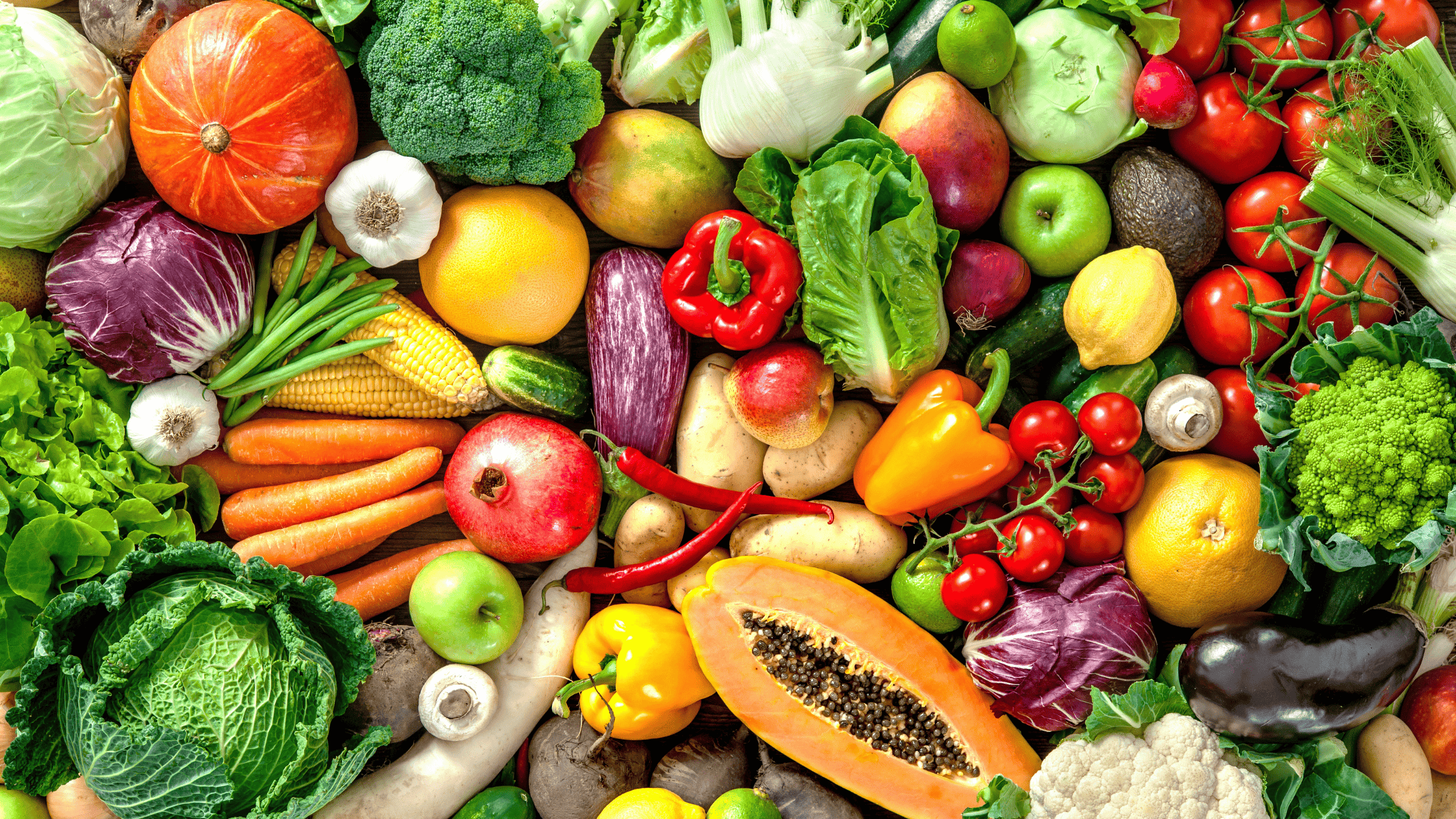Have you noticed how certain foods ground and comfort you, while others seem to stir restlessness or leave a lingering heaviness? In Ayurveda, this is no accident. It is the language of taste speaking directly to your body's deeper needs.
In a previous exploration, we looked at how understanding your dosha can bring greater wellbeing and how overlooking it may lead to imbalance. We also touched briefly on the six tastes, which Ayurveda recognises as one of its most practical tools for daily balance. Today, let us look more closely at these tastes and discover how they can guide your relationship with food.
Why the Six Tastes Matter in Ayurveda
Unlike modern nutrition, which focuses largely on macronutrients and calories, Ayurveda understands that taste carries energetic information. Each of the six tastes, known as rasa in Sanskrit, has a distinct influence on the doshas (Vata, Pitta, and Kapha), digestion, emotions, and even mental clarity.
When meals include all six tastes in some proportion, balance arises naturally. By contrast, overemphasising or neglecting certain tastes can disturb the doshas, leading to physical discomfort, emotional turbulence, or mental fog.
An Introduction to Ayurveda's Six Tastes
Each taste brings its own qualities and effects. Here is a simple guide:
Sweet (Madhura)
- Characteristics: Grounding and nourishing, the sweet taste supports strength and comfort. This extends beyond sugar - think rice, oats, dates, and milk.
- Effect: Increases Kapha, decreases Vata and Pitta.
Sour (Amla)
- Characteristics: Stimulating and warming, sour taste awakens appetite and digestion. Found in citrus fruits, fermented foods, and yoghurt.
- Effect: Increases Pitta and Kapha, decreases Vata.
Salty (Lavana)
- Characteristics: Moisturising and softening, salty taste enhances flavour and supports fluid balance. Natural sea salt and seaweed are ideal examples.
- Effect: Increases Pitta and Kapha, decreases Vata.
Pungent (Katu)
- Characteristics: Fiery and stimulating, pungent taste clears stagnation and boosts metabolism. Found in ginger, garlic, and chilli.
- Effect: Increases Vata and Pitta, decreases Kapha
Bitter (Tikta)
- Characteristics: Cooling and cleansing, bitter taste clears heat and lightens the body. Dark leafy greens, turmeric, and many herbs are naturally bitter.
- Effect: Increases Vata, decreases Pitta and Kapha
Astringent (Kashaya)
- Characteristics: Drying and toning, astringent taste gives that subtle, puckering sensation. Found in lentils, cranberries, and green tea.
- Effect: Increases Vata, decreases Pitta and Kapha
Practical Tips for Bringing All Six Tastes Into Your Meals
One of the simplest ways to begin is by becoming more aware. Notice which tastes you are naturally drawn to and which you tend to avoid. These preferences can reveal a great deal about your natural tendencies and your current state of balance.
When planning meals, aim for variety rather than perfection. Ayurveda recommends that main meals include at least four or five of the tastes. This does not mean that every bite needs to contain all six but when your overall plate feels varied, it is more likely to support doshic harmony.
Spices offer a particularly easy way to bring multiple tastes together in one dish. For example, a simple dal can include turmeric for bitterness, ginger for pungency, salt for saltiness, and lentils that provide both sweet and astringent qualities.
It is also traditional in Ayurveda to end a meal with something naturally sweet. This promotes satisfaction and helps the body shift into proper digestion.
Finally, remember that your needs are not fixed. The tastes you require will shift with the seasons, your energy levels, and your lifestyle. Staying flexible and responsive to these changes is key to maintaining balance.
Seasonal Considerations in Ayurveda
Understanding how the six tastes work with seasonal rhythms can deepen your practice and enhance your sense of natural harmony. Ayurveda encourages us to live in rhythm with the seasons, and each time of year carries qualities that the six tastes can help balance.
Spring (Kapha season): Emphasise pungent, bitter, and astringent tastes to counter heaviness and dampness.
Summer (Pitta season): Sweet, bitter, and astringent tastes help cool and calm fiery summer energy.
Autumn and Winter (Vata season): Sweet, sour, and salty tastes offer grounding and warmth during the cold, dry months.
The Emotional Dimension of Taste
Ayurveda recognises that taste affects not just the body, but also the mind and emotions. Sweet promotes comfort and love. Bitter encourages clarity and detachment. Pungent sparks motivation and focus.
By becoming aware of this connection, emotional eating can shift from being a struggle to being a form of enquiry. You begin to ask: What is my body or my heart really asking for right now?
Your Journey with the Six Tastes
Exploring the six tastes is like learning a subtle new language - a dialogue between you and your body. Begin simply. Observe which flavours you crave, which you avoid, and how they make you feel physically and emotionally.
Over time, this awareness can transform your relationship with food. Choices become more intuitive, less about rules, and more about listening. Meals become a daily ritual of nourishment and reconnection, an act of balance guided by nature itself.
At Surya Prana Nutrition, we honour the dance between ancient wisdom and modern understanding. The six tastes are not about strict rules. They are about restoring harmony and reawakening your natural connection to food and life.
Disclaimer
This article is for informational purposes. It shares knowledge about Ayurvedic principles and practices. It is not a substitute for professional medical advice, diagnosis, or treatment.
Always consult with a qualified healthcare provider before starting any new health regimen or addressing specific health concerns.
The practices and suggestions mentioned here are based on traditional Ayurvedic wisdom and may not be suitable for everyone.









.jpg)